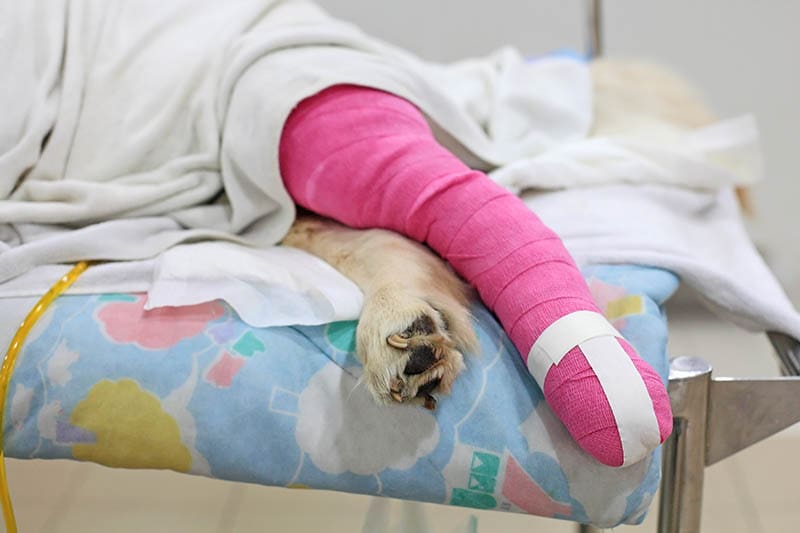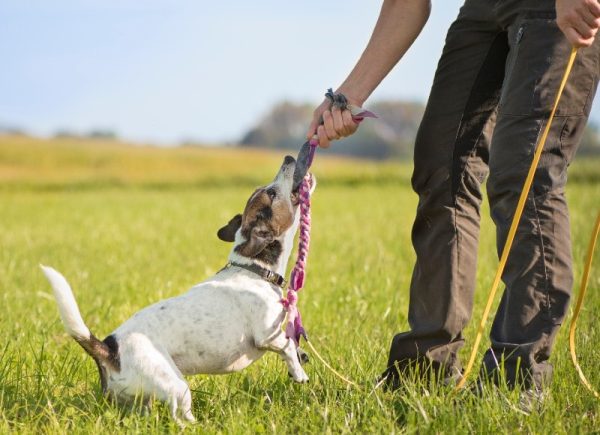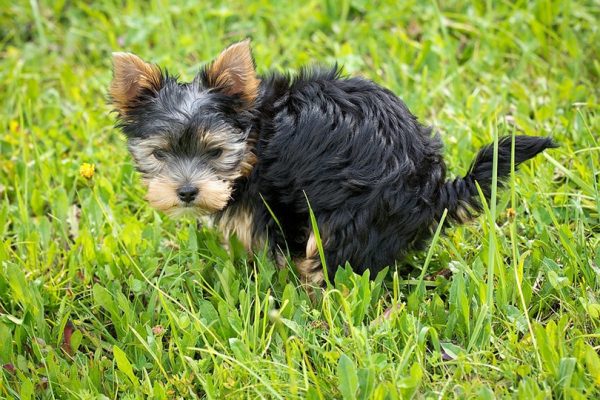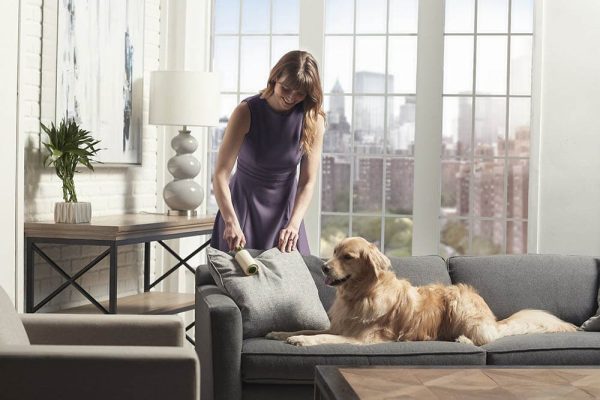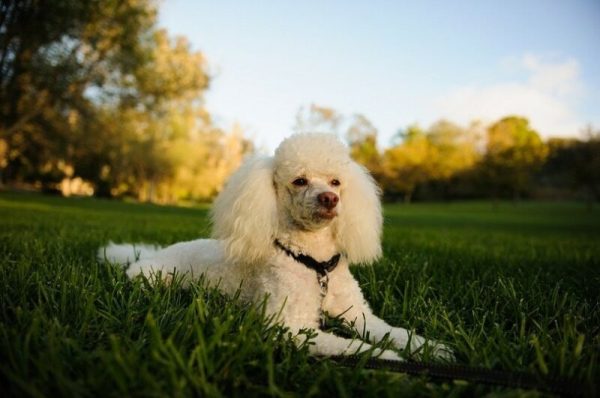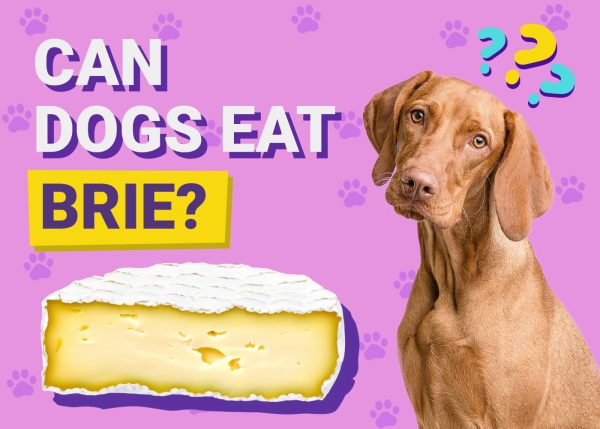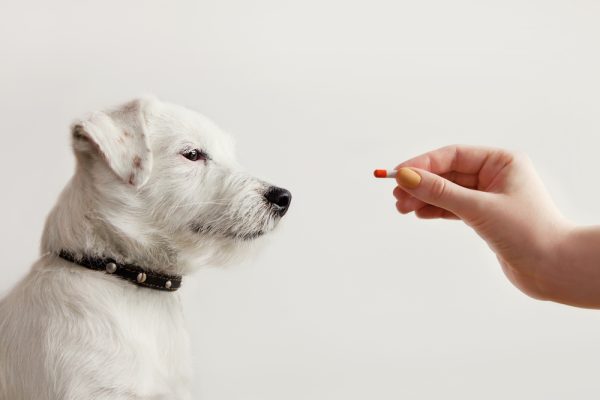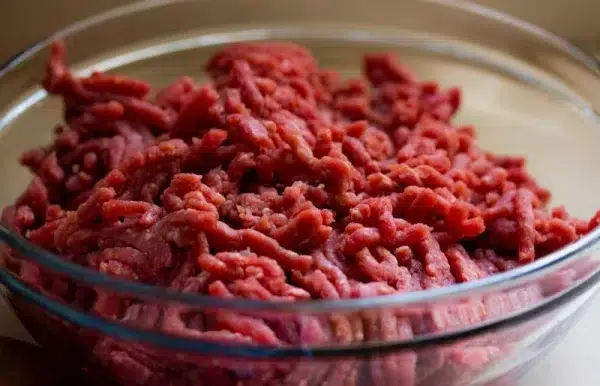In this article
The cruciate ligament refers to two ligaments in the knee. These ligaments form an “X” within the knee and provide stability, keeping the joint from moving in directions and positions it is not supposed to. The anterior cruciate ligament (ACL) is the front ligament of the two and is the term used in human medicine. In dogs, it is referred to as the cranial cruciate ligament (CCL).1 However, we will refer to it as the ACL in this post to keep things simple.
When the ACL tears, either partially or fully, it causes the joint to become unstable, move around excessively, and create inflammation and pain. Depending on various factors, such as the stability of the knee joint and the size of your dog, surgery is often required. There are different surgical procedures that can treat a damaged ACL, and your vet will discuss the correct choice for your dog.
If your pet needs surgery, you’re probably wondering about the recovery process. The rehabilitation process will vary depending on the type of surgical procedure performed and your dog’s age and size.
Keep reading to get a week-by-week guide full of information on what to generally expect while your beloved pet heals from this painful injury. It is vitally important to carefully follow your vet’s advice and post-surgical rehabilitation program, which will be tailored to your dog’s individual needs.

Recovery Time
Surgical repair of the ACL, whatever technique is used, is a relatively standard procedure; however, it is complex, with an intense recovery period and rehabilitation program lasting multiple weeks. If your dog is booked in for surgical repair, it can be helpful to know what to expect in the coming weeks, what you can do to help, and what not to do.
Recovery from the surgery can take approximately 4–6 weeks, with increased activity and movement of the hind leg around weeks 8–12 weeks. After 12 weeks, most dogs can return to their usual activities and level of exercise, but in more severe cases, full recovery can take up to 4 to 6 months. The length and type of recovery time will vary from dog to dog and case to case.
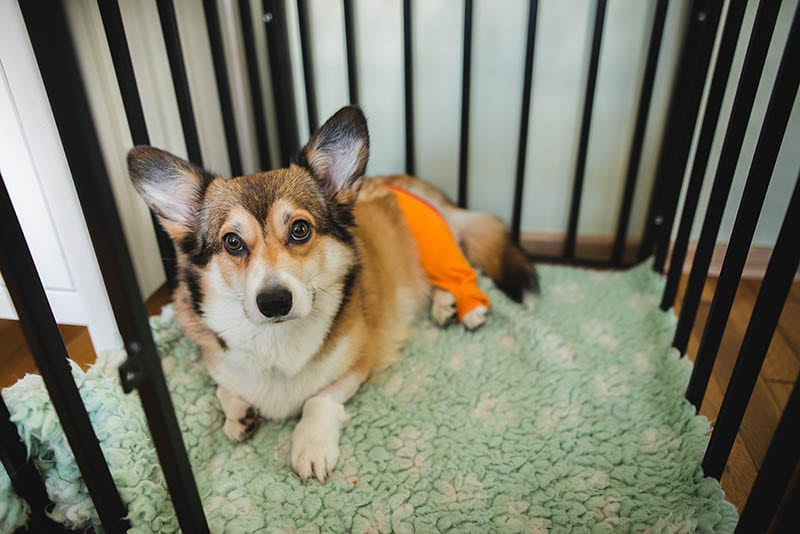
Home Preparation Post-Surgery
Knee surgery and ACL repair can knock your dog off their perch for a little while. The more you can prepare at home for the period after the surgery, the faster and easier the recovery will be. It will require you to make some alterations to your home and how you and your dog live your lives for a few weeks.
While your veterinarian and their team will discuss this in length with you and create an individualized plan, in general, you can expect the following:
- Restricting your dog to one room only. They must be confined to a limited, safe space for a few weeks to let the knee heal properly. Use baby gates to block off entrances and staircases.
- Remove furniture they can jump onto and items that may cause the temptation to jump.
- Ensure the room they are recovering in has a safe, non-slip floor. Slips or falls can easily cause further trauma.
- Provide a crate large enough for your dog to turn around in. They will usually need to be housed in the crate any time they are not supervised.
- Provide a comfortable bed for them that they can easily access.
- Keep food and water near their bed to limit their activity.
- Keep ice packs in the freezer in case your veterinarian suggests icing the knee when you get home.
- Stock up on any foods your veterinarian may recommend feeding to them after the surgery.
- Create a safe space in a cupboard for your dog’s medication, as they will have medications, such as painkillers, that you will need to administer daily.
- Follow the post-anesthesia and post-surgery plan given to you by your vet. Remember, some of the effects of the anesthesia can take up to 72 hours to go away.

Week-by-Week Recovery Expectations
Weeks 1–4
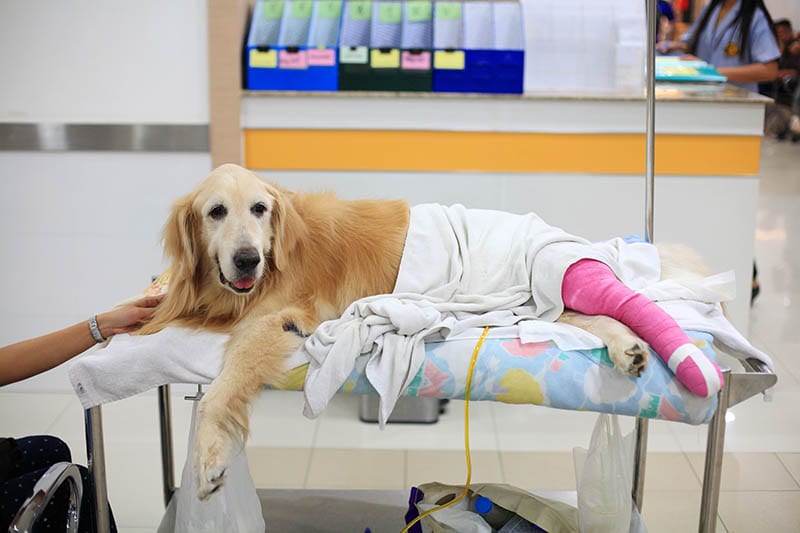
After surgery, your dog will be expected to remain in a confined room or crate with limited exercise. Usually, short walks lasting around 5 minutes on flat ground are advised so that your dog can go to the bathroom and retain some movement. They will need to be on a short leash to prevent extensive wandering and are not allowed off the leash for at least 8 weeks.
Your veterinarian will likely attach an E-collar, which must remain on until the stitches are removed. These collars prevent self-interference with the surgical incision, such as licking and nibbling, as these actions can cause infections.
Administer any medication as prescribed. Their knee will be sore briefly, so try to keep them as comfortable and quiet as possible in their recovery room. Follow the rehabilitation program, which will have been pre-planned and discussed with you and may include a variety of the following treatments:
- A range of small motion exercises for the leg tissues and the knee joint
- Stretches
- Icing and ice therapy
- Massage
- Heat therapy
- Hydrotherapy
- Laser therapy
The aim in these first 4 weeks is to reduce inflammation, keep muscles and other tissues flexible, prevent guarding and non-use of the leg and knee, and allow the surgical wound to heal. Gentle, controlled movements need to occur in this period to encourage normal movement.
Keep the wound clean and dry. Report any pus, leaking fluid, redness, or swelling around the incision or joint to your vet. If you notice they are not weight-bearing in the first 1–2 days post-surgery, this also needs further investigation.
You must attend multiple check-ups with your vet with potential follow-up X-rays. The sutures may need to be removed around days 10–14, but sometimes, dissolvable sutures hidden under the skin will be used and do not need to be removed.
Weeks 4–6

There is still no jumping, running, or stair climbing allowed. Only short-leash exercises of slowly increasing duration are still allowed; however, more emphasis will be placed on balance and body position, and they may be allowed out for longer times. Their rehabilitation program may be altered or added to during this time, depending on how well your dog is recovering, how severe the cruciate tear or rupture was initially, and the health of the joint.
By week four, although your dog (and you!) is still confined to one room, they should start feeling much better and experiencing less pain.
Weeks 6–12
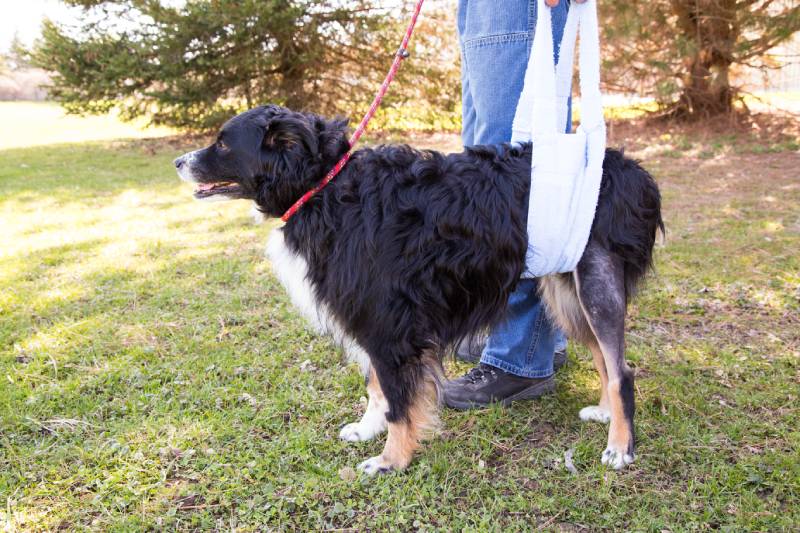
By this point, exercise can usually be increased to longer walks on a short leash with the potential of your dog being allowed out in your backyard. If all is well, they may engage in short trots (if advised).
Physiotherapy, such as massage, mobility exercises, stretches, and hydrotherapy, must be continued. These all help ensure your dog regains full range and use of their knee upon recovery. If the extra activity increases pain and discomfort, let your vet know so their program can be readjusted. This period focuses on increasing their exercise tolerance and strengthening their core.
12+ Weeks

The return to normality and a fully functional knee is in sight! Depending on veterinary advice and the progression of your dog’s recovery, they should be able to be let off the leash and allowed to run around and climb stairs. As a rule of thumb, your dog is expected to be engaging in their previous level of exercise by around 12 weeks.
During the 4-month mark, they can rejoin their friends at the park and play. You can remove all the baby gates and restrictions in your home and live as you usually would pre-surgery. Although freedom has returned, mindfulness still needs to be applied, and issues with pain, lameness, and interference, such as licking at the knee, still need to be monitored and reported.
Remember to stay in touch with your veterinarian for follow-up on the surgery and to ensure your dog remains in good health for a quick recovery. If you need assistance but don’t have access to your regular veterinarian, remember that you can always contact an online vet.
If you need to speak with a vet but can't get to one, head over to PangoVet. It's our online service where you can talk to a vet online and get the advice you need for your dog — all at an affordable price!

Conclusion
ACL repair is an invasive surgery with an intense recovery period that demands a lot of time, effort, care, and patience. It’s not a procedure to enter into lightly, and you should fully understand the process so you can prepare physically and mentally for it. Other household members also need to be fully onboard. There is no one-size-fits-all rehabilitation plan; it will depend on the dog, the surgery undertaken, your input, and your veterinarian.
However, if you follow your veterinarian’s guidelines and the rehabilitation program, the recovery should be problem-free. It’s worth accepting that this recovery period will take around 4 months, and you will also have to learn to ignore a few longing looks from your dog for a run around the park when they are feeling better.
Featured Image Credit: Blanscape, Shutterstock
